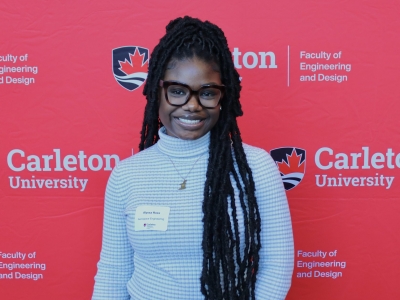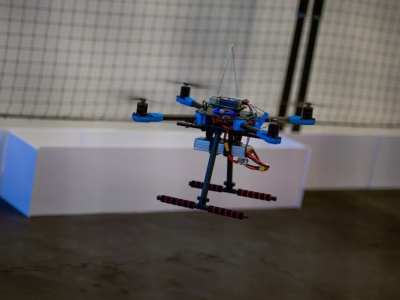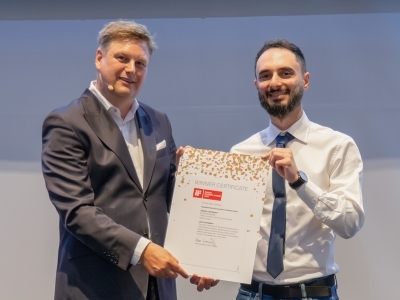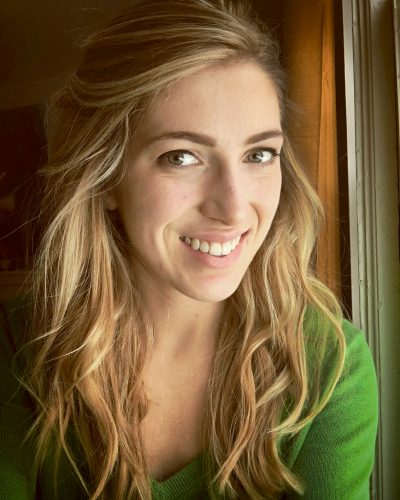
Mechanical Engineering PhD student Sarah Brown.
Mechanical Engineering PhD student Sarah Brown has been working with Carleton’s Sustainable Building Energy Systems (SBES) research team since she first joined the Urbandale Centre for Home Energy Research (CHEeR) as a part-time Undergraduate Research Assistant. Since then, she’s consistently chosen Carleton as a community in which to grow as a woman in STEM.
After completing her undergraduate degree and accelerating through her Master of Applied Science at Carleton, she’s now a doctoral student researching passive solar heating as a sustainable solution to conventional heating in Canadian homes.
Ahead of her Ingenious Talks Online session on April 14, Carleton’s Faculty of Engineering and Design caught up with Brown to discuss her passion for eco-friendly engineering and the necessity of women in the field.
Faculty of Engineering and Design (FED): How would you describe your research?
Sarah Brown (SB): I always like to describe my research by getting you to imagine that one room in your house that has a big window and gets hot on sunny days. We can use solar energy passing through big window areas, specifically on the south façade where you get the most sun, to heat your home.
Southern Canada is unique for passive solar heating because we receive a lot of solar gains and have a cold climate. CHEeR an experimental facility located on-campus, can have an inside temperature of 32°C on a -20°C January day, thanks to passive solar energy from south-facing windows.
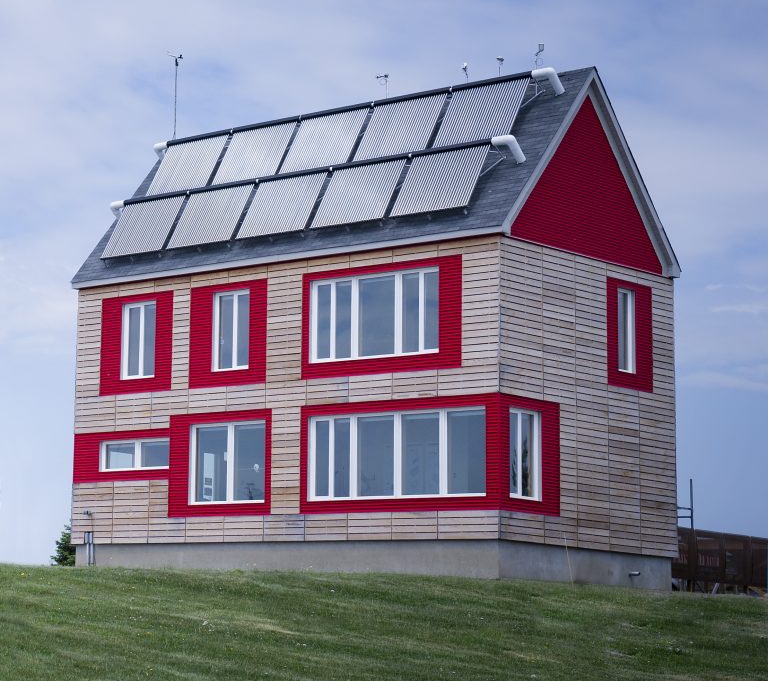
Carleton University’s Urbandale Centre for Home Energy Research (CHEeR).
FED: What originally brought you to Carleton?
SB: I was involved in a solar powered car club in elementary school where we made cars out of balsa wood, styrofoam and small circuits. I loved redesigning the car to be the best and the fastest it could be.
I was on a team with two other girls, the only all-woman team in the competition, and ended up winning the solar powered car race two years in a row. One day, I was looking through Carleton’s program book and saw the Formula SAE race car on the Mechanical Engineering page. I made an instant connection to it, with my solar powered car club experience, and knew it was right for me.
FED: Why is representation important to you?
SB: It’s important to have representation of all kind in STEM – we often focus on women but there are a lot of groups that are under-represented in engineering, including people who identify as LGBTQ+. I’m a big believer that if diverse views aren’t at the table, they will get missed.
When I worked at Stantec, for one of my co-op placements, I had a woman supervisor. Seeing this confident woman in a male-dominated environment was empowering because I was able to see myself in the future, leading an engineering team like her.

Sarah Brown onsite during her co-op placement with Stantec in 2016.
After teaching an undergraduate course, I had a student write me a note because she felt empowered seeing me as a young woman running the course, amongst the majority of men teaching in engineering. It’s important for women to identify with professors, with supervisors, and in the media. It’s time to see women in these positions, and maybe had I seen these women earlier in my life, I would have known about engineering as an option a lot sooner.
FED: What can we do to work towards a more equal field?
SB: We need to realize the importance of allies. I’ve gone to many “women in STEM” conferences and the majority of the audience are women. We must encourage men to get involved in the push for increasing women’s involvement and representation. It’s often men making the hiring, promoting and salary raising decisions, and if they aren’t involved in the conversations on women in STEM, they might hold biases or not understand the scope of its importance.
I’ve been lucky to have a lot of male allies in my career – such as my partner, who encourages me to ask for proper compensation or recognition for my work, as well as my supervisor, Dr. Beausoleil-Morrison, who has many women on his research team. I’ve also had male colleagues in my co-op placements help me grow as an engineer. The Mechanical and Aerospace Engineering (MAE) Department Chair, Ron Miller, I’ve always viewed as an ally as he’s worked on improving women’s enrolment and hiring in the MAE programs. There’s a huge role for men to play and we need to encourage them to be involved in what’s often viewed as a “women’s issue”.
FED: How has Carleton shaped you as a researcher?
SB: I’ve never felt like just a number at Carleton. I’d often see my profs in the hallway and they’d stop to chat about how a test went or how I was finding the material. I’ve always felt part of a community at Carleton, one that had opportunities available and achievable for me. This, coupled with CHEeR, an incredible facility unlike anything else in Canada, makes Carleton unique.
Friday, April 9, 2021 in Co-op, Energy, Events, Graduate Studies, Mechanical and Aerospace Engineering, Solar, Sustainability, Women in Engineering & IT
Share: Twitter, Facebook
